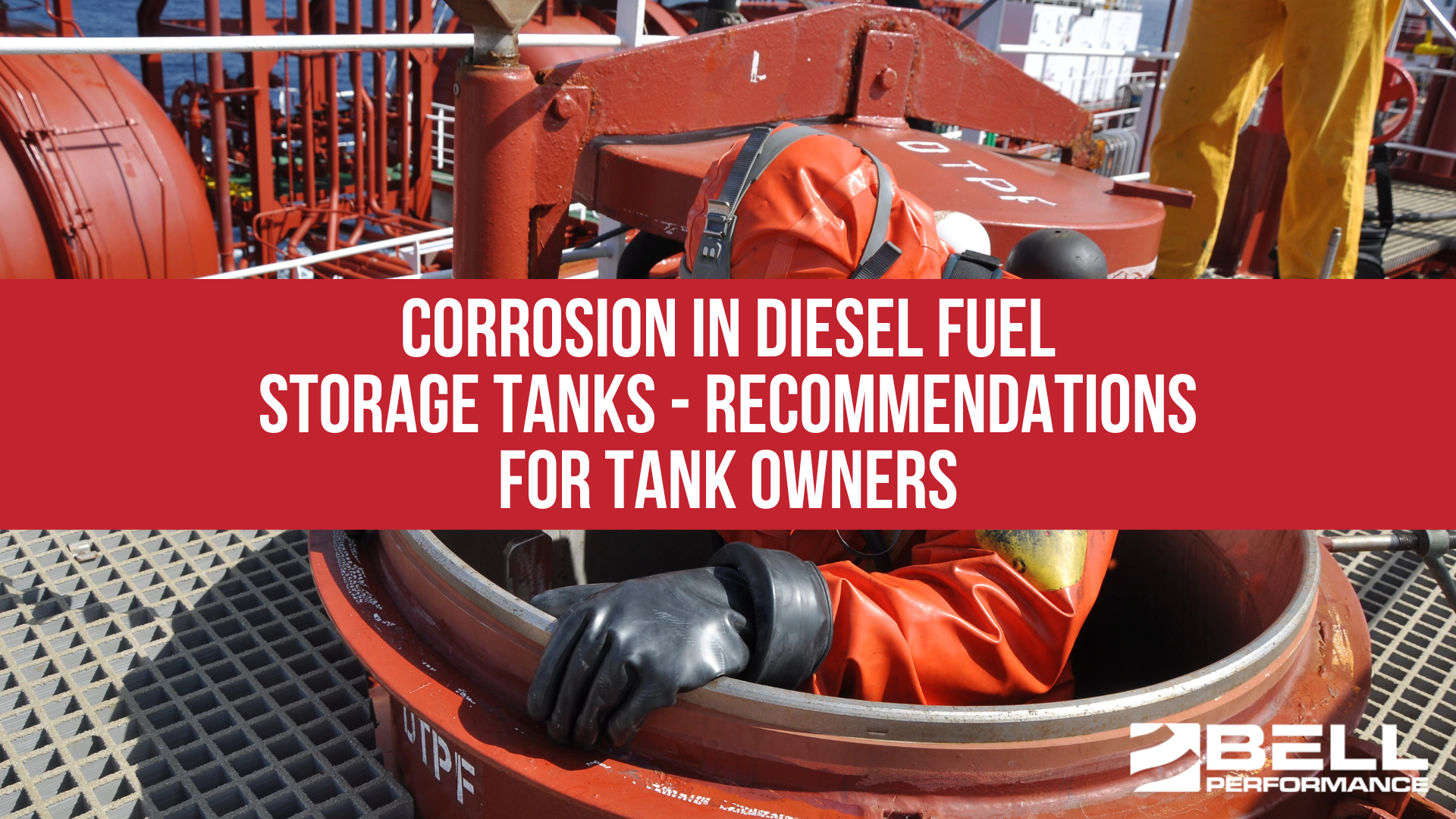How to tell if a fuel storage additive is "worth it"
No business makes decisions in a vacuum. Context is everything. Decisions to spend money within the organization are (or should be) based on the...
Business decisions are all about counting costs vs. benefits.
Microbes in fuels and other industrial liquids have the potential to cause big financial problems. The costs of not doing anything about them is enough to scare anyone into action.
Microbial infestations of fuels run up costs to industry in the hundred of millions of dollars per year. The oil and gas industries spend big bucks on biocides to keep drilling fluids clear of microbes and the corrosion and fouling they bring with them. Cooling towers and cooling liquid circulation systems are another prime area for biocide use. Microbial infestation of water systems causes millions in damage each year to tower and system surfaces.
Biocides are not the cheapest things in the world to use. Fuel additives like fuel stabilizers may only cost a few cents per gallon to use. Biocides will cost somewhat more. For example, you can see a typical breakdown of the most common kind of diesel fuel additive in terms of cost to treat.
What makes them more expensive than other types of fuel treatments? The biggest contributors are the government regulations and the costs of bringing them to market. Biocides are powerful killing agents that are the only thing used to kill microbes in fuels and industrial liquids - pesticides, as such. Once the chemistry of a biocide is established, the regulatory hoops required to register and report biocide usage on a state and national level typically run many thousands of dollars per year. All of which have to be rolled into the product cost.
As a user, that's neither nor there to you. When you have a problem that's costing you real budgetary money, you need it gone quickly, with cost being a secondary factor. In other words, the value of the benefit it provides far exceeds the higher cost of the treatment itself.
A biocide might cost $250 a gallon. That's a lot more than $40 or $75 a gallon for a good multipurpose diesel additive that does a different thing. Granted, that $250 biocide is probably going to treat 5000-10000 gallons of contaminated liquid, and that brings the cost to treat down.
The cost of a fuel additive like a biocide is made well worth it because the problem it eradicates costs a whole lot more than just something like a poor cetane problem or low mileage. Microbial damage and corrosion to machine parts has implied capital costs that impact businesses on multiple levels. The cost to replace machinery layers on top of lost production or delays, layered on top of the costs of lost opportunities should those unanticipated costs throw a wrench into projects.
The fact that they are the only solution to what is a universal problem across multiple industries (microbial contamination of fuels and liquids), coupled with the budget-busting costs of not doing anything in these situations, makes biocides an essential bullet in every business' PM and cost-saving arsenal.

No business makes decisions in a vacuum. Context is everything. Decisions to spend money within the organization are (or should be) based on the...
In 2006, the US Environmental Protection Agency (EPA) mandated the switch from Low Sulfur to Ultra Low Sulfur Diesel (ULSD). This was a reduction of...

One of our most popular webinars from the past dealt with such an important issue - Diesel Fuel Storage Tank Corrosion - that we thought it was...